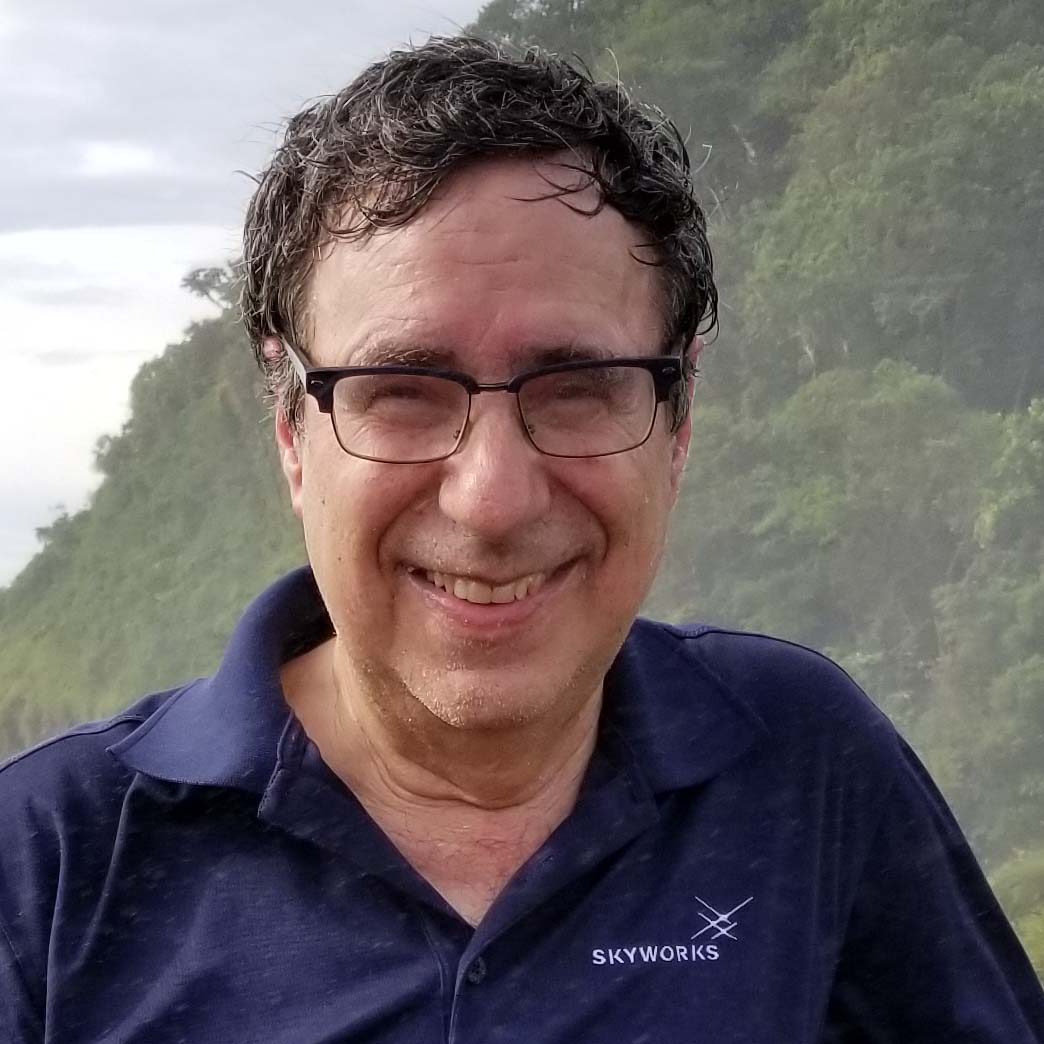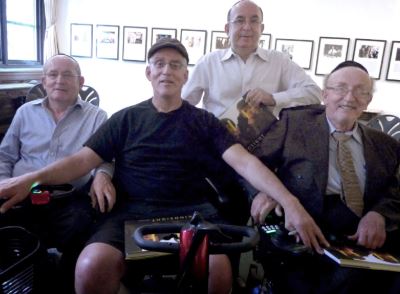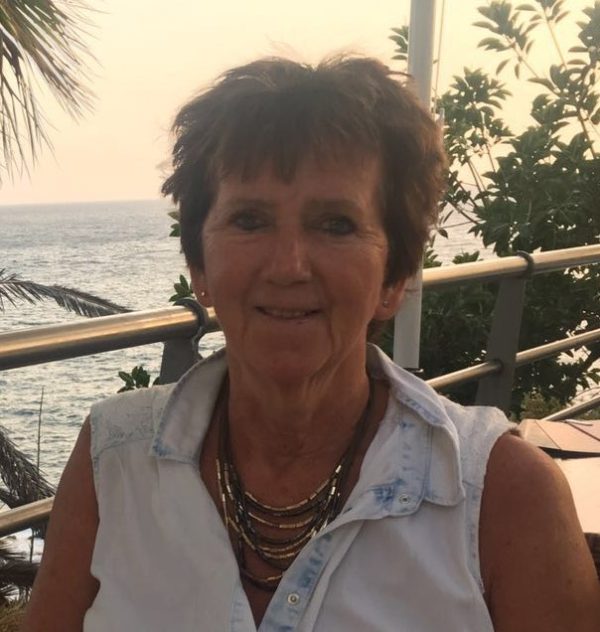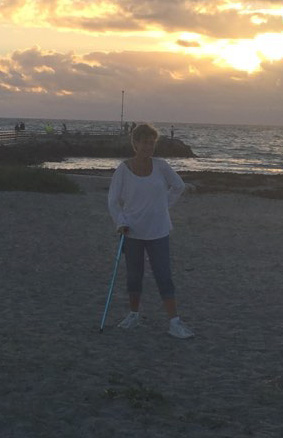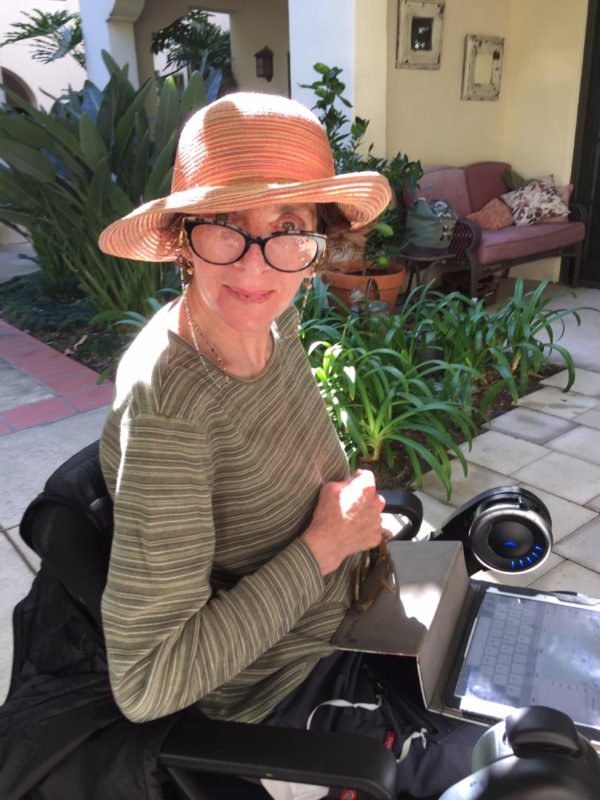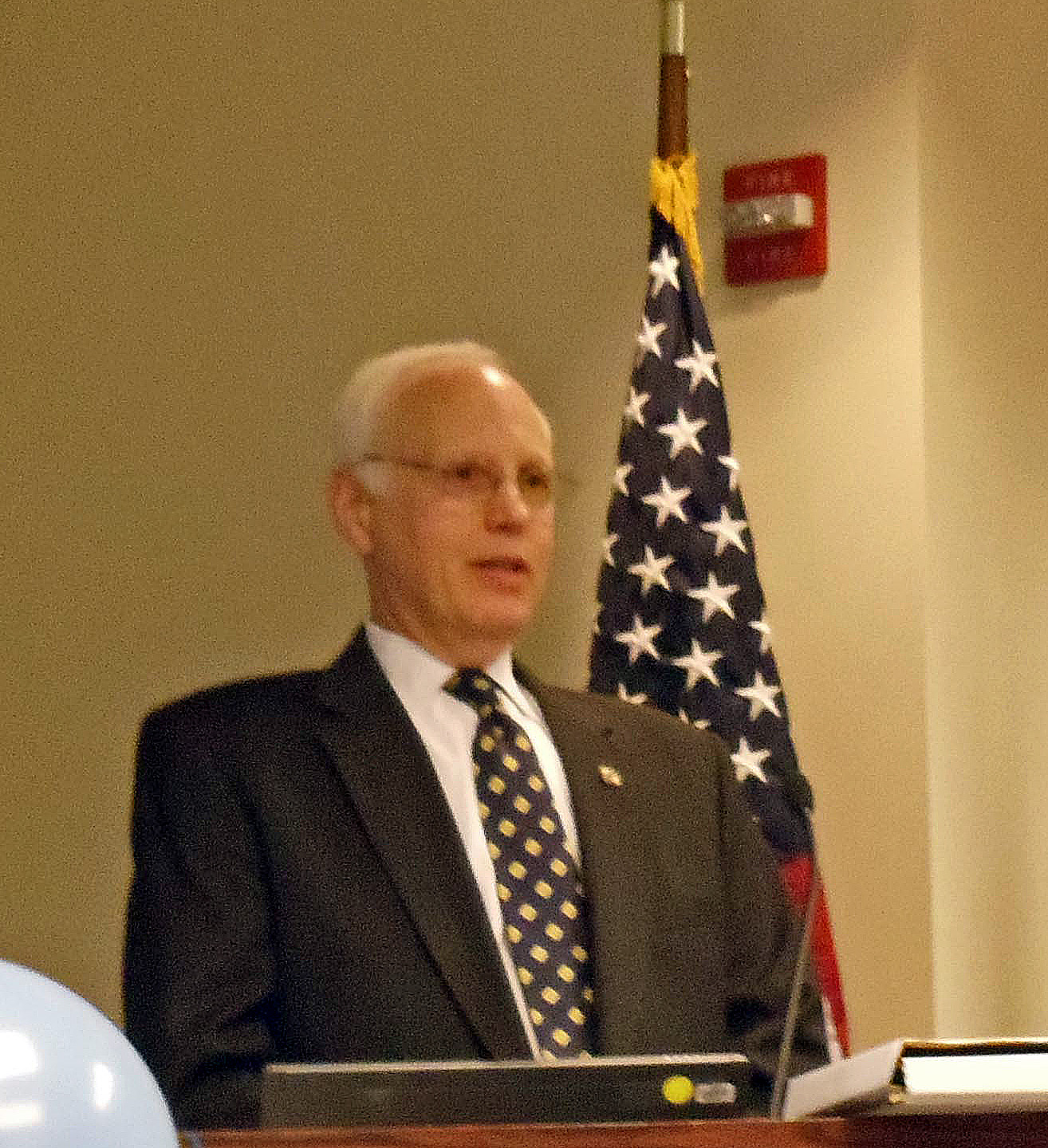
Current Age: 73
Onset of Symptoms: ~50
Age at Diagnosis: 63
“In 2011 I was diagnosed with a rare genetic disease called Adult Polyglucosan Body Disease (APBD). This diagnosis was made about 13 years after I first experienced symptoms with my feet and hands. In 1998, in my early 50’s, my initial symptoms were leg cramps, stiffness, and heaviness in my legs, muscle twitching and soreness, foot drag, and stumbling. In addition, I also experienced numbness in my hands. Over the years, the symptoms slowly progressed where the numbness went further up the leg and the stumbling and balance issues intensified. The unsteadiness is especially troublesome immediately after standing and beginning to walk.
Over the years, I tried a number of different medications, which included Prednisone, Neurontin, and other medications primarily used to treat seizures. None of these provided any relief. Since there is no cure for the disease, what worked for me was to treat and deal with the symptoms. I went for physical therapy to improve balance and overall strength and conditioning. I also took occupational therapy to learn how to live better with my condition and avoid any further issues and complications, especially with the balance problems. One change that was immediately implemented was the installation of handlebars in the bathrooms. Another recommendation was to install a second handrail on the other side of the staircases to provide additional stability. It is important to make changes that enable us to live our lives without causing injury due to falls and improper or sudden movements.
Now that we have a diagnosis for the disease, it is possible to share this information with extended family members so they can be alert to symptoms in their families and look to APBD as a possible diagnosis. It will save them considerable time, money, and anguish in determining what is causing their symptoms. As a result of my diagnosis, my brother tested positive for APBD after more than 10 years of being misdiagnosed.”
__________
David’s story is part of the APBD Research Foundation’s, #MyAPBDstory campaign, to raise awareness and funds on Rare Disease Day, February 28, 2019.

